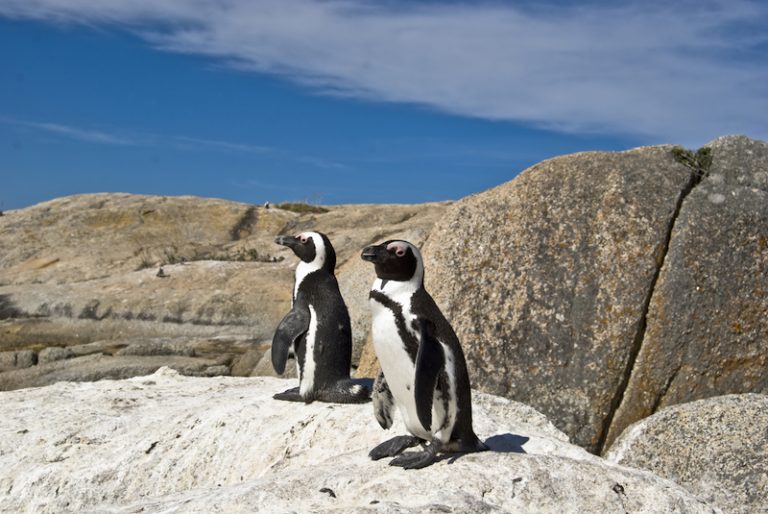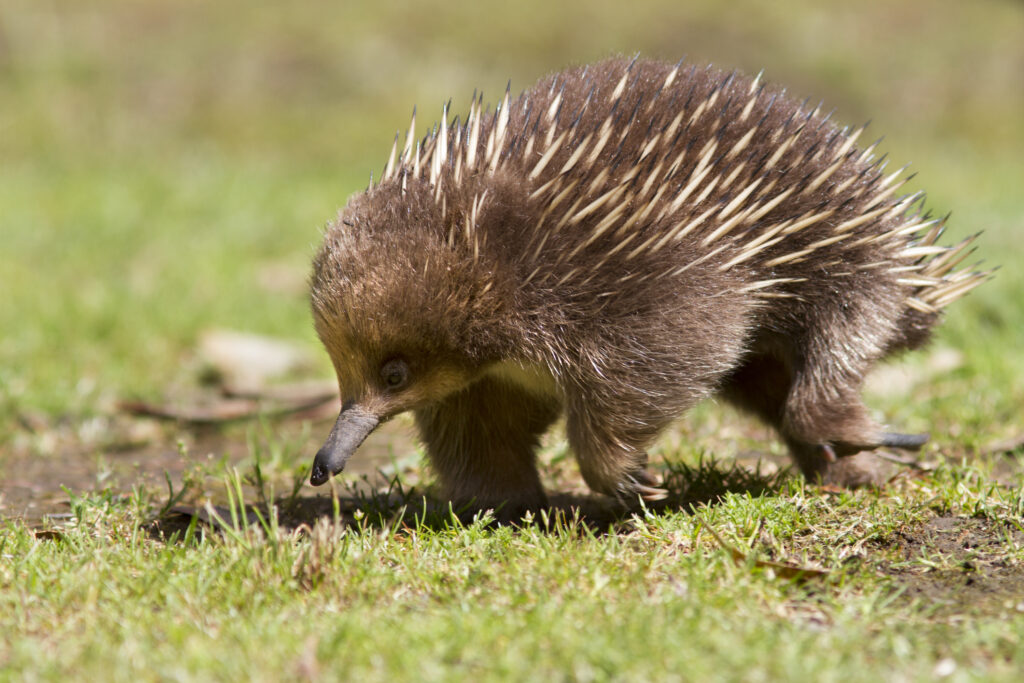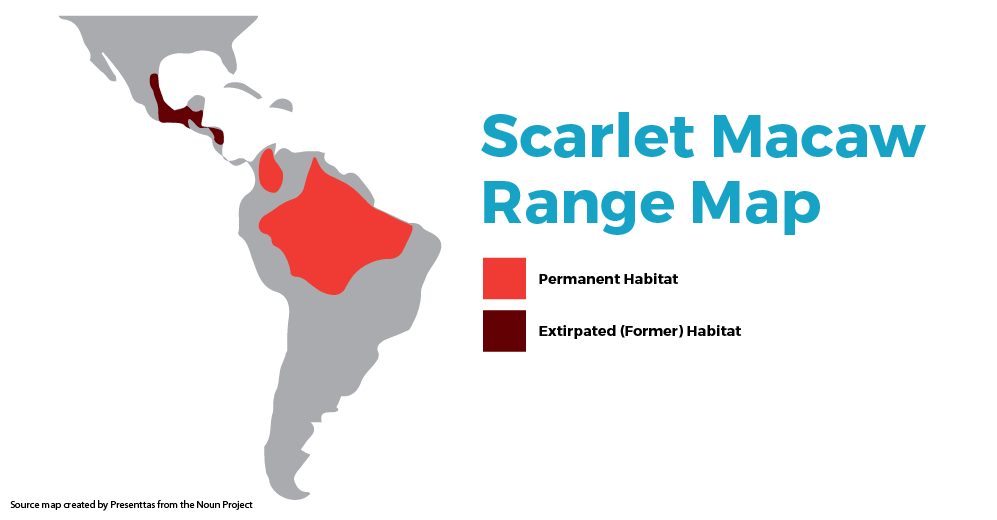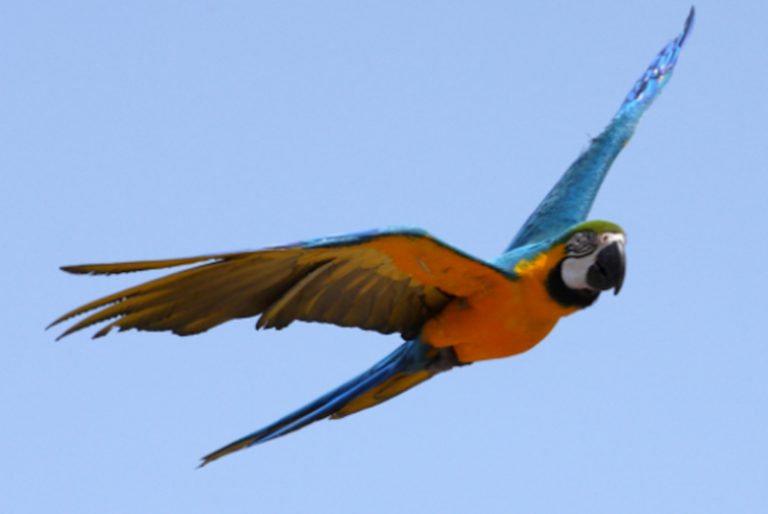Penguin Facts
SEABIRD & PENGUIN FACTS
Lifespan: Pelican: 15 – 25 years, Emperor penguin: 20 years, Southern royal albatross: 42 years, Little penguin: 6 years
Mass: Pelican: 2.8 – 15 kg, Emperor penguin: 23 kg, Southern royal albatross: 8.5kg, Little penguin: 1.5kg
Wingspan: Pelican: 1.8 – 3.5 m, Southern royal albatross: 2.9 – 3.3 m
Length Pelican: 1.1 – 1.8 m, Emperor penguin: 1.2 m, Southern royal albatross: 1.1 – 1.2 m, Little penguin: 43 cm
Penguin Facts
There are roughly 20 species of penguins, all of which are found in the Southern hemisphere. All other penguin species are found in Antarctica, sub-Antarctic islands, and the southern portions of South America, Australia, New Zealand, and Africa.
Penguins are perfectly adapted to a life of foraging underwater with their compact, torpedo-shaped bodies. Antarctic species like the Emperor and Adelie penguins have the densest feathers of all the penguins, enabling them to withstand the most dramatic weather extremes on the globe in order to reproduce.
Of all the penguin species, at least half are listed as either threatened or endangered. Penguins like other birds face a number of threats.
Penguins are an order (Sphenisciformes) of seabird confined almost entirely to the Southern Ocean and comprising between 18-21 species. The majority breed on Antarctica, the Sub-Antarctic Islands and the southern portions of Australia, New Zealand, South America, and Africa.
Penguin Facts & Tidbits
- The lifespan of a penguin in the wild is estimated to be between 15 and 20 years depending on the species.
- The heavyweight of this group is undisputedly the Emperor Penguin weighing in at up to 40-45 kilograms (roughly 90-100 lbs) and measuring over 120 centimetres (or 48 inches) tall.
- About 40,000 Magellanic Penguins perish each year along the coast of Argentina, most are found to be soaked in oil.
- The Adelie penguin nests on snow and ice-free areas of Antarctica, using stones to build their nests.
- Penguin diets consist of krill, fish, and squid. The smallest penguin species is the Little (or Fairy) Penguin weighing just one kilogram (~2 pounds) and averaging just over 43 centimetres (or 17 inches) tall.
Distribution
All penguins are found in the Southern Hemisphere, with the Galapagos Penguin in Ecuador being the northernmost species. All other penguin species are confined to the Southern Ocean. Including Antarctica, the Sub-Antarctic Islands, the southern portions of Australia, New Zealand, South America and Africa.
Status
Of the roughly 18-20 extant (living) species of penguins, at least half of these are either threatened or endangered. Of the 18 species listed on the IUCN’s Red List of Threatened Species, 2 are listed as near threatened, 7 as vulnerable, and 4 as endangered.
Read more things you need to know about penguins for World Penguin Day on April 25.
Learn more about threats to birds.







